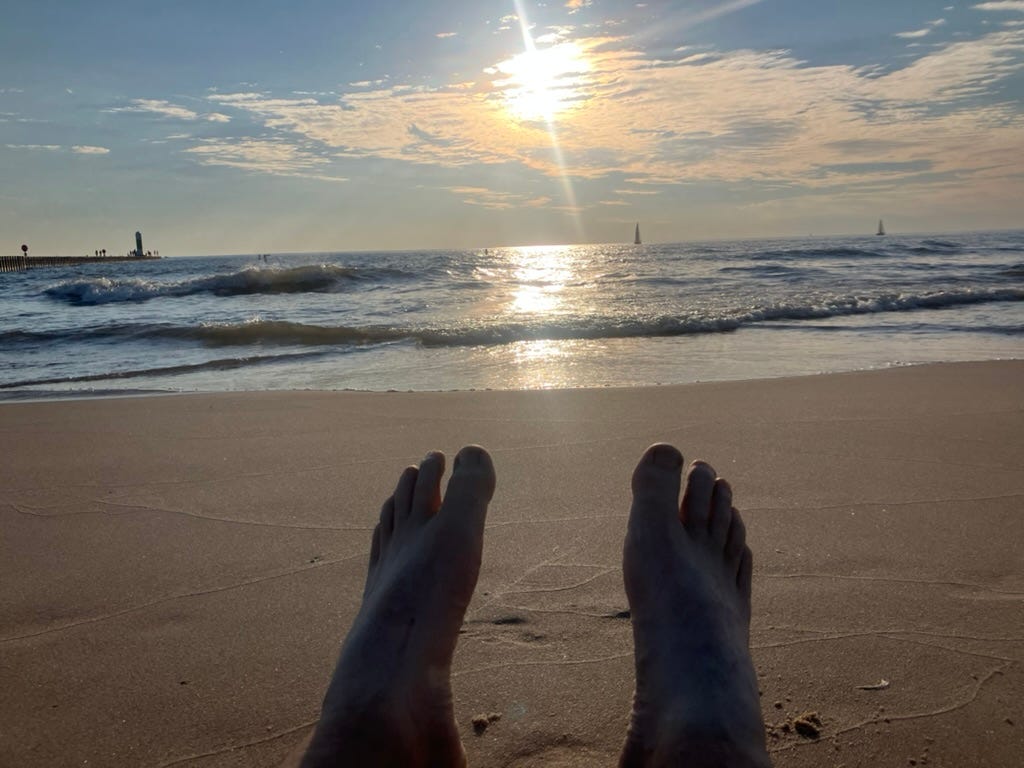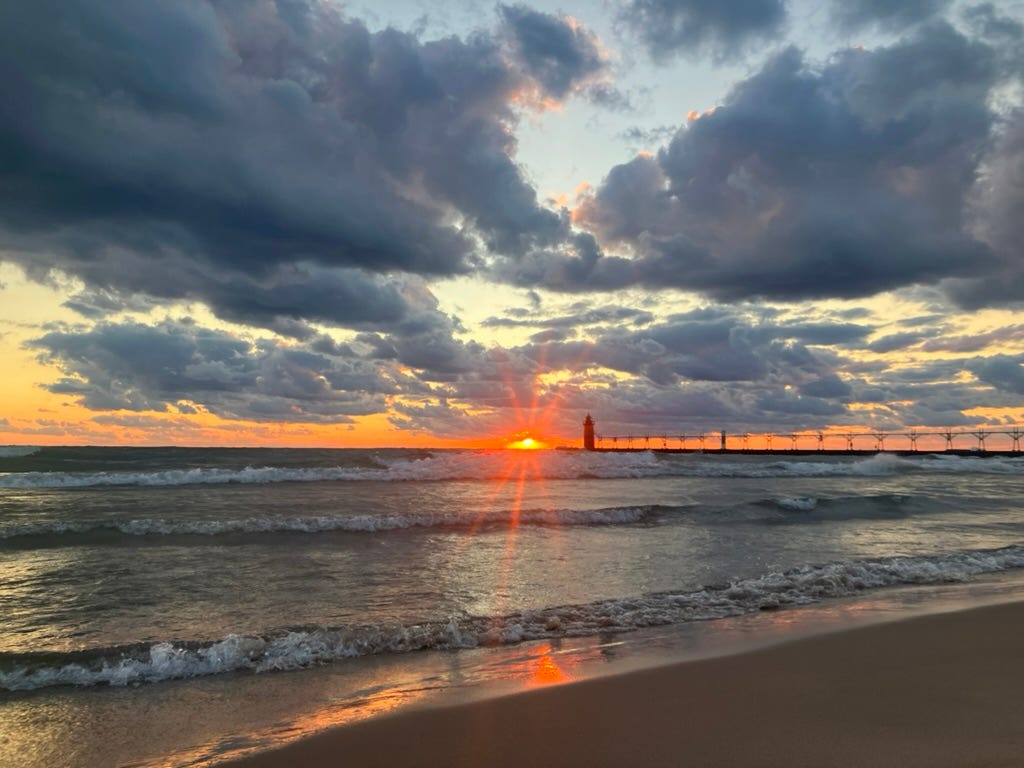As I mentioned in the Spring Recap, "Life moves pretty fast…..” and here we are - the end of summer. Back to school for this old grey-haired university professor.
ICYMI - here is a quick summary of what was posted in the last few months.
Research Complications
What’s new in pediatric exercise research? Review papers are a great way to learn about a topic. I usually collate them yearly and post in December (see 2022 collection here) but here are 20 review papers so far in 2024.
I’m also trying to shine the spotlight on some key scholars and practitioners with dedicated blogs. A few weeks ago the Children’s Exercise Research Centre was highlighted and on Aug 24 the Youth Physical Development Centre led by Drs. Jon Oliver and Rhodri Lloyd will follow.
Growth, Maturation & Youth Athletic Development
These two areas, now featured as categories on the Substack landing page, are my forte and also the one’s that readers have enjoyed the most based on the survey (take 2 min and complete it here).
One thing that has been on my mind for the past several years is Why Don't U.S. Coaches Assess Growth & Maturation? And for those who want to learn more about The Adolescent Growth Spurt and The Influence of Maturation on Performance, two video lectures were released.
Besides posting here, other academic writing projects submitted for publication included: Training during the Adolescent Growth Spurt and The Integration of S&C in Youth Sport Academies. Stay tuned for future blogs discussing some key points from both of these manuscripts.
Baseball & The Olympics
What’s summer without baseball? And how about rookie pitcher Ben Joyce consistently throwing 104 mph!! Or shortstop Elly de la Cruz making a relay throw to home plate at 100 mph! How do they throw that fast?
In an attempt to provide some resources for those interested in the Science of Throwing a Baseball, I collated 35 review papers on the topic that cover a variety of topics such as throwing mechanics, injury prevention, factors associated with throwing velocity, workload considerations, etc.
Speaking of youth baseball players, the Little League World Series is upon us and again there will be some Little League Legends - more than likely big, early maturing boys. But does this success carry forward?
This question was recently addressed in my summary of the systematic review and meta-analysis Quantifying the Extent to Which Junior Performance Predicts Senior Performance in Olympic Sports, which was timely for the Olympics. How about that 100-m men’s final!!
Coach’s Crib Sheet for Fall Sports
The Fall sports season is upon us and I know that coach’s don’t have a lot of time - so here’s the crib sheet. Please share this one widely.
#1 🚫 No Hell Week
#2 📊 Weekly Undulating Training Schedule (Microcycle)
#3 🏋️ In-season Strength & Conditioning: The Longest Uninterrupted Training Block of the Year
#4 🏃♂️Conditioning as part of warm up/practice/drills
#5 🔋 Rest & Recovery
And, here’s an easy way to accomplish parts of number 3 and 4 - RAMPAGE. This idea is built around the popular RAMP dynamic warm up (Raise, Activate, Mobilize, Prepare) and adds elements of Activity & Games + post-session Evaluate (RAMPAGE) to target a range of physical, technical, tactical and psycho-social components of sports performance rather than just standalone areas (e.g., technical only).
Ideas in the Hopper
Here are a few possible ideas and topics for the next few months, but again, always happy to hear from you so please complete the reader survey.
Free Play
Dynamic Warm-up variations
Balance in
Creating Engaging Warm-ups
Checklist for Youth Strength & Conditioning
A Novel Sport Sampling Program
…along with these suggestions from the reader survey:
Current trends in Long-Term Athlete Development (LTAD) research; insights on the latest advancements and emerging themes
Practical youth training program design.
(Innovative) Methods that S&C coaches are trying that are different than traditional methods
Case Studies
Endurance training
Optimizing youth athletic development, especially how that might be at odds with the current US model




